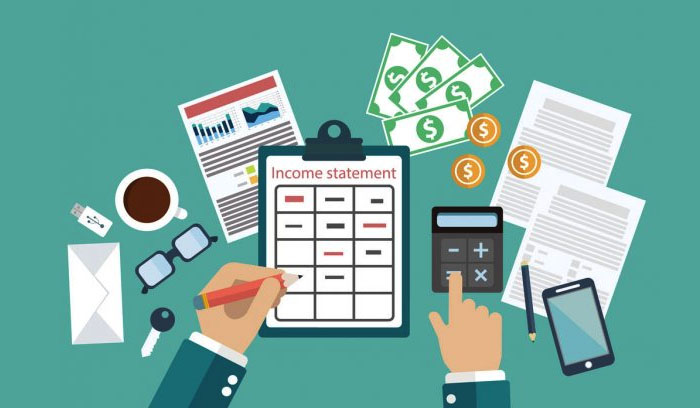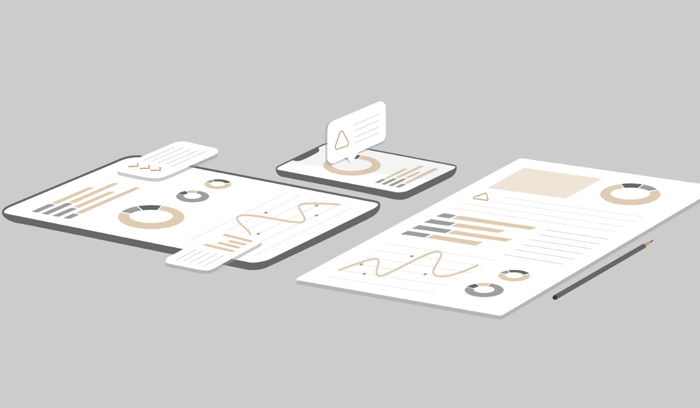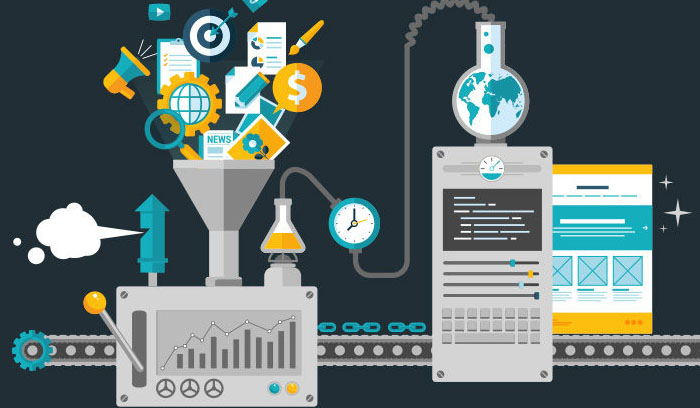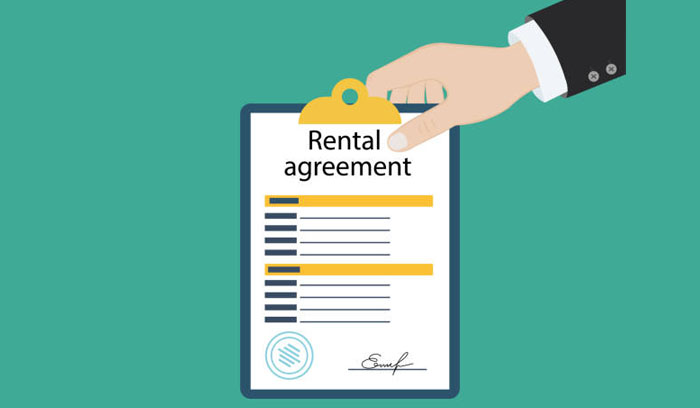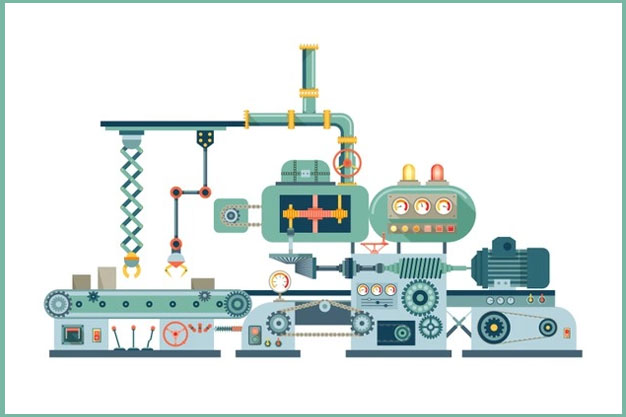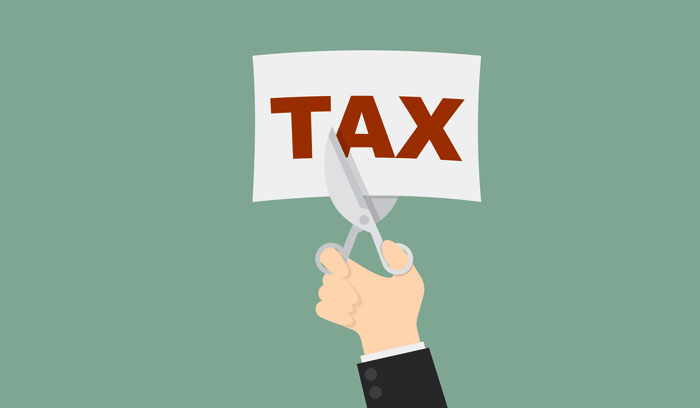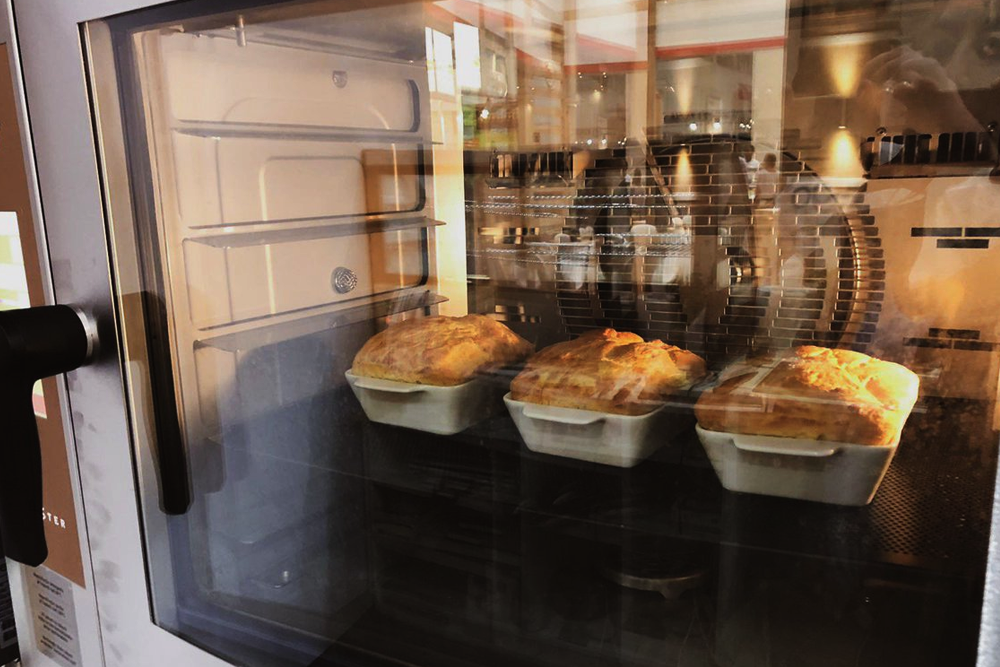Business financial accounting: Equipment financing and financial statements
A financial statement is a formal report of a business’s financial activity. These plans provide your small company’s current landscape and forecast the company’s future vision and plans. Creating financial statements for your small business begins with your day to day bookkeeping. You will use, pull, and organize the information from these reports to put together your financial statements. Typically, financial statements are a key part of a company plan that will help your firm attract an investor or obtain bank loans.
In this post we will explain:
1.Types of financial statements
-
-
- Cash flow statement
- Balance sheet
- Income statement
-
2.Does equipment financing go on an income statement?
- Option 1: purchase financing of equipment
- Option 2: operating lease
- Option 3: capital lease
3.Important considerations for equipment financing
4.Which is better for tax write-offs: finance or lease?
5.Section 179 Deduction
6.How often should you create financial statements?
Types of financial statements
| Type of financial statement | What does the statement do |
| Cash flow statement | Statements of cash flows report change over time instead of absolute dollar amounts at a point in time. |
| Balance sheet | It provides detailed information about a company’s liabilities, assets, and shareholders equity. |
| Income statements | An income statement is a report that outlines how much revenue a business earned over a particular period of time (usually for a year or some section of a year). A company’s Income statement can tell the level of profitability of a business. |
Financial statements should comply with all the requirements of IFRSs (which include International Accounting Standards, International Financial Reporting Standards, IFRIC Interpretations, SIC Interpretations). Financial statements show you where the business’s money came from, where it went, and where it is now. Some of the items included in financial statements include property, plant, equipment, inventory, provisions, trade and other payables, and trade and other receivables. Here are four main financial statements: cash flow statement, balance sheet, and income statement.
Cash flow statement
Cash flow statements report a business’s cash inflows and cash outflows. This is significant since a company needs to have enough money to pay its expenses and purchase assets. Whereas an income statement can inform you if a company made a profit, a cash flow statement can inform you if the company generated cash. Typically, cash flow statements are categorized into three main parts. Each part reviews the cash flow from one of three types of activities:
- Operating activities: this part analyzes a company’s cash flow from net income and losses
- Investing activities: the second part shows all investing activities, which typically include sales or purchases of long-term assets.
- Financing activities: This part shows the cash flow from all business financing activities. Typical sources of cash flow include cash raised from business credit cards, accounts receivable financing, selling stocks and bonds, SBA loans, business line of credit, equipment loan, short-term loans, and other types of small business loans. As an entrepreneur, you need such types of loans to help you grow your business.
Balance sheets
A balance sheet statement tells a snapshot of a business’s assets, shareholders’ equity, and liabilities at the end of the reporting period. It does not indicate the flows into and out of the accounts during the period of time. A business’s balance sheet is set up like basic accounting. On the justify side of the business balance sheet, companies list their assets. On the right side, they list the liabilities and owner’s equity. Balance sheets and income statements are related in that a balance sheet tells a company’s total value whereas the income statement tells if a company is generating a profit or a loss.
How to figure out working capital from a financial statement
A small business’s working capital is one of several financial ratios that can reveal the company’s financial health. Working capital is a measure of the company’s liquidity, taken by deducting its current liabilities from its current assets. You can calculate your working capital from information incorporated in your company’s balance sheet. Working capital can also show company’s ability to repay a loan.
Income statements
An income statement outlines the expenses and costs linked to earning that revenue. The literal bottom line of the statement often shows the company’s net earnings or losses. This shows you how much a business earned or lost over the period. An income statement is also known as a profit and loss statement. Typically it shows the financial performance of a business.
SEC filing
Typically the SEC filing is a financial statement or other formal document submitted to the U.S. Securities and Exchange Commission. Certain insiders, public companies, and broker-dealers are required to make regular SEC filings.
Does equipment financing go on an income statement?
Whether you buy or lease a piece of equipment impacts your tax return and financial statements. The effects differ based on whether you lease or purchase the equipment; however, the take-home message is the same: financing a piece of equipment can have a significant effect on your bottom line.
Deciding if you should lease or buy a piece of business equipment involves several factors: the lowest overall cost when discount and tax rates are considered, available financing options, and which option best suits your tax situation and cash flow. Suppose your business has different lenders with various financial covenants. In that case, it is vital to understand how leasing and buying might affect your financial statements so you can make sure that your choice will not put your financial statements offside with one of your financing partners.
The example outlined below will help you understand what can happen. Let us assume we are considering obtaining a used log loader worth $300,000 and that there are three possible ways of acquiring the asset. How will the different options affect your company’s income statement and tax return?
Option 1: purchase financing of equipment
Let us assume the following for this option:
- Term: Five years
- Interest rate: 7.5 percent
- Monthly payments: $6,011
Accounting: If you buy the loader, you will control it, and it will display as a company asset. Amortization of the loader will happen over its useful life, and the annual amortization (reduction in value) of the equipment will be recorded against income. Generally, five years would offer an amortization rate of twenty percent. The funds borrowed to buy the equipment will be recorded as a liability. The principal section of the loan payments will go against the liability through the year, and only the interest portion will be an expense and subtracted from operating income.
Tax: The same to accounting, the equipment cost will be reported, and the linked-to capital cost allowance (CCA) subtracted from taxable income. For the purpose of accounting, the deduction from income will depend on the loader’s estimated useful life. For the purpose of tax, CRA will specify the deduction rate depending on the type of asset. In this scenario, the rate would be thirty percent. As with accounting treatment, loan repayments are not deductible. Nonetheless, the interest paid will be subtracted from taxable income for the period.
Option 2: operating lease
Let us assume the following for this option:
- Term: Five years
- Interest rate: 7.5 percent
- Monthly payments: $4, 308
- Purchase option: $85,000
Accounting: Financing a piece of equipment through leasing generally results in the leasing company recouping their cost of equipment and a level of revenue. The result is a considerately high financial commitment per month for the use of the equipment. The equipment leased will not be considered yours to control. Moreover, it will not display as an asset on your balance sheet, and neither will liability be reported. Since you do not record the loader’s ownership, your financial statements will not display any amortization and depreciation expenses or interest expense of the equipment leasing company’s payments. Nonetheless, you will show the full amount of the equipment lease payments, which will be subtracted from the income calculation. Remember you can easily qualify for an equipment lease even with a bad credit score.
Tax: For the purpose of tax, there will be no asset controlled and no CCA subtracted. Unlike the purchase option, where only interest is subtracted from net income, the full amount of the lease payment will be subtracted for tax purposes.
Option 3: capital lease
Let us assume the following for this option:
- Term: Five years
- Interest rate: 7.5 percent
- Monthly payments: $6,011
- Purchase option: 1
Accounting: For capital leases, you will be regarded to have assumed the liabilities and benefits of ownership of the equipment (loader) for the term of the lease term. This assessment depends on the lease’s length, the ending purchase price, and the total lease payments required. As a result, the loader leased, and the liability that must be repaid over the term of the lease will be entered on your balance sheet. As control of the loader is presumed, the loader’s amortization will be entered for a capital lease, similar to a purchase. Contrarily to an operating lease, capital lease payments are treated the same way as loan repayments, with only the interest section of the lease being expensed.
Tax: Whereas the loader will show on your balance sheet for accounting purposes, CCA will not be calculated for tax purposes. Nonetheless, similar to the operating lease, the full portion of the lease payment is deductible for tax purposes (principal and interest).
Important considerations for equipment financing
- Lease commitments: Choosing if to finance or lease new equipment should be made in cooperation with your equipment financing company and banking institution. Based on potential financing restrictions (covenants), the addition of equipment lease obligations can have significant effects on any pre-existing financing requirements. Whereas an operating expenses will not display on your balance sheet as a liability, remember there is still a “commitment” to make your payments over the equipment lease term. The commitment to payments is a significant factor to most lenders and should be discussed before making any financing decisions.
- Interest rates: Generally, interest rates are a function of risk presumed by the lender. The more security a lender takes lowers their risk and, as a result, should lower the interest rate charged and reward. If less security is needed, the lender’s risk increases, and so does the required interest rate charged and return.
- Timing of acquisition: The purchase of machinery allows for the full amount of CCA to be subtracted from taxable income in the year of purchase, no matter the year’s timing. Only the lease payments paid in the course of the year are deductible for tax purposes for capital and operating leases. This fact will affect the decision on whether the purchase or lease option provides the lowest overall cost. The example outlined above assumes that the leases and acquisitions were made at the start of the year.
Which is better for tax write-offs: finance or lease?
If you require business equipment, the options are to lease, finance, or buy for cash. As discussed previously, cash or financing result in typically the same depreciation and tax consequences. Equipment lease works out a little differently as far as taxes go. Nonetheless, as a small business, you qualify for other tax breaks on equipment, which might turn the lease or finance question into a negligible factor tax-wise.
Section 179 Deduction
Typically the section 179 tax deduction enables a small business to write off up to 100 percent of the purchase price of a piece of equipment for the year when the equipment was acquired. For instance, in 2013, the maximum deduction was $500,000 worth of equipment. The equipment purchase limit to utilize the section 179 deduction is $2 million for the year. For instance, if you purchased $800,000 worth of equipment, you can make a $500,000 deduction and depreciate the balance. The section 179 deduction can be utilized with equipment purchased with capital lease or financing.
Generally, if you are a small company and spend less than $2 million per year on a piece of equipment, it really does not matter whether you use a capital lease or finance to obtain equipment. The section 179 deduction enables you to write off all or a large section of the cost in the year of purchase. The section 179 deduction is optional, so utilize it if it helps with taxes or depreciate the asset if that works out better. Operating leases are a direct tax deduction, so use this kind of financing for equipment that will be replaced regularly, such as computer equipment.
How often should you create financial statements?
The frequency you should create these financial reports depends on several factors. Some business owners prefer their accountant to create basic financial statements when they complete their tax returns; however, if you want to stay on top of your company’s financial health, do not wait until tax time. Instead, it is helpful to review them quarterly or monthly. Technology can make it simple to report data and use your connected financial accounts to build real-time financial reports at a moment’s notice. As far as you keep up with your bookkeeping, you should be able to make these reports with just a few clicks in your accounting application. This is surely a task you can delegate to your accountant or bookkeeper, but ensure you review and understand your numbers. Whereas learning financial statement analysis was possibly not on your list of reasons you wanted to start a business, your company and your money are at stake.





